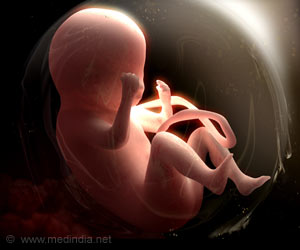Stanford University researchers have zoomed in on a region in the brain, previously understood to be a seat of face recognition, to reassess its capacity. The latest finding has revealed that this region is versatile as it does much more than just identify faces. The neurons also double up their response to objects- automobiles, animals and even sculptures.
Current face perception theories suggest neurons in a portion of the brain called the fusiform gyrus light up in response to a face, leading researchers to refer to this region as the "fusiform face area." But a study to be published in the September issue of Nature Neuroscience reports that this area also shows a localized - albeit less extensive - response to more than just faces."We've looked at the fine structure of face-selective regions in the brain, and it argues against prevailing theories," said first author Kalanit Grill-Spector, PhD, assistant professor of psychology and a researcher in the Neuroscience Institute at Stanford.
Using high-resolution functional magnetic resonance imaging, Grill-Spector and colleagues imaged regions of the brain at a magnification of 27 to 70 times smaller than a traditional fMRI scan. Like viewing a grain of sugar rather than the whole cube, this allowed the team to "zoom in" on a hybrid of neural patches, each of which responds to a different category of objects.
"We were able to see things we haven't before," said Grill-Spector. "What's really cool is these structures are very selective in their responses - and only to one kind of object."
Each of the participants in the study was shown images of faces, four-legged animals, cars and abstract sculptures, along with scrambled or "noise" images. The researchers found that overall, twice as many of the patches are predisposed to faces versus inanimate objects, and that the patches that respond to faces outnumber those that respond to animals by 50 percent. Furthermore, same-selectivity patches are not physically connected, implying a "face area" may not even exist.
"These results are very exciting and suggest that the visual cortex contains finer category-selective subdivisions than previously believed," said Brad Duchaine, PhD, of the Institute of Cognitive Neuroscience at University College London, who was not involved in the research.
Advertisement
Along with Grill-Spector and Ress, Stanford neuroscience graduate student Rory Sayres contributed to the study. The research was funded by the National Eye Institute and the Whitehall Foundation.
Advertisement
Source-Eurekalert
SAV










